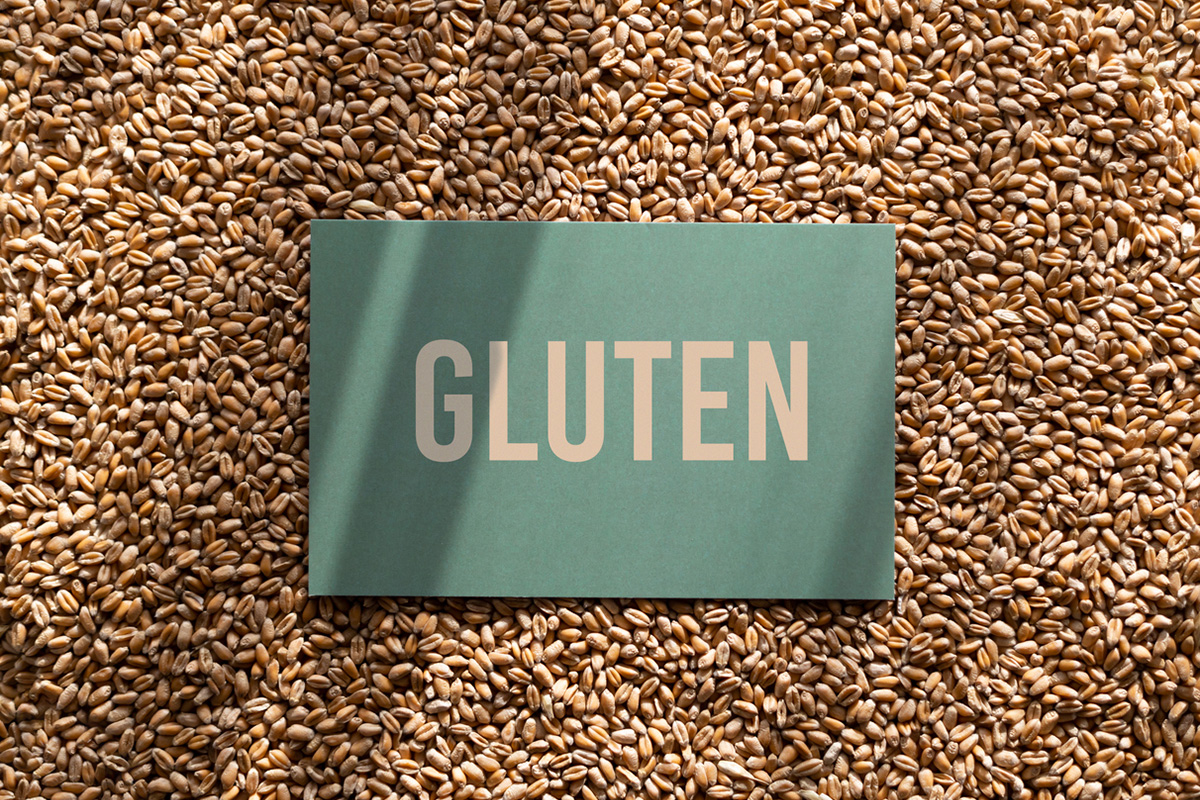Candida albicans are a species of yeast that normally reside in the GI tract. It is only when overgrowth occurs, or allergy to candida develops, that trouble begins. Candida is an opportunistic fungus that feeds primarily on sugars and other yeast-containing foods (foods that are aged, pickled, dried, fermented or cured). Actually, the problem with yeast-containing foods is that they are “seen” by the immune system of a person with candida as foreign invaders, hence triggering reaction. Overgrowth of candida also is caused by stress and the use of antibiotics, steroids and oral contraceptives. It is the overgrowth of candida in the gut that can lead to a myriad of symptoms, and it is more often than not the cause of the latest GI disorder on the medical map, Irritable Bowel Syndrome (IBS).
Symptoms of IBS can include constipation alternating with diarrhea, gas, bloating and cramping particularly in the lower abdomen with unpredictable bowel movements and urges. This can be a source of much discomfort, not to mention the unhappiness that comes with a social calendar becoming contingent upon the availability of a bathroom. Typically, the dysbiosis (bacterial imbalance) that occurs with IBS starts with the invasion of multiple colonies of candida in the gut, followed by toxicity. Yeasts give off many toxins, like zymosan, which causes inflammation.
Research conducted at the University of Tennessee in Memphis found that zymosan is found to cause much of the inflammation associated with psoriasis. Another toxin called arabinitol is known to produce toxic effects on the brain, nervous system and immune system in animal studies. Numerous other toxins produced by yeasts may explain the memory retention problems, feeling “drunk,” hormone disturbances, fatigue and depression experienced by so many with yeast problems.
It is worth noting that more than 90 percent of a healthy population is “allergic” to candida. How can that be if it normally resides in the body? The delayed hypersensitivity (Type 4 allergy) response by the immune system is what helps the body control yeast overgrowth. This is a normal and protective response to yeast but sometimes it gets out of hand. An immediate hypersensitivity response to candida (Type 1 allergy), which is found in approximately 10 percent of the population, can cause hives, asthma, eczema, chronic vaginitis, abdominal cramps and diarrhea. In these cases, immunotherapy with sublingual drops of varying levels of attenuated candida extracts successfully neutralizes the immune response, abating the hypersensitivity.
Other abnormal or unusual allergic reactions to yeast may trigger autoimmune diseases such as rheumatoid arthritis, thyroiditis or celiac disease. A recent study published in The Lancet showed candida contains a protein called HWP-1, which is similar in its structure to gluten. A candida infection in the gut can cause an immune system reaction to HWP-1, which then stimulates an allergic reaction to the gluten in wheat and other grains and may trigger celiac disease in genetically susceptible people. Under these circumstances, a gluten-free diet alone may not do the trick in relieving symptoms in a patient with celiac disease. A yeast-free diet with anti-fungal supplements such as Olive Leaf Extract, Oregacillin and/or medications such as Nystatin, Diflucan, Sporanox or Lamisil may be necessary. Other studies assert that candida is a sensitizing agent. Rats raised with regular doses of antibiotics, when inoculated with live candida, were found to develop allergies to mold, dust and pollen.
Wiping out yeast overgrowth in the gut requires starvation (of the yeast, not the patient!) and elimination with a yeast-free, sugar-free diet and anti-fungal supplements. During this detoxification period, reinoculation of the gut with healthy probiotics such as Dr. Ohhira’s Probiotics Original Formula, Culturelle or Vital 10 is critical. Dysbiosis caused by candida overgrowth warrants the consistent use of these probiotics so that bacterial balance may be re-established and healthy gut ecology maintained.
While both sexes with yeast overgrowth may share conditions such as sinusitis, asthma and joint pain, several conditions are exclusive to women, particularly those between the ages of 20 to 55. Among candida-aware health practitioners, the following are considered yeast-related health problems:
- PMS
- Recurrent vaginal yeast infections
- Vulvodynia (burning vulva)
- Recurrent urinary tract infections
- Endometriosis
- Dyspareunia (painful intercourse)
- Infertility
Other conditions common to both sexes and children that may be yeast-related include:
- Eczema
- Psoriasis
- Urticaria (chronic hives)
- Acne
- Colitis
- IBS
- GERD
- Chronic ear infections
- Crohn’s disease
- Prostatitis
- Multiple sclerosis
- Lupus erythematosus
- Rheumatoid arthritis
- Myasthenia gravis
- ADHD
- Autism
- Depression
References:
Crook, WG. The Yeast Connection Handbook. Jackson, Tennessee: Professional Books, Inc.; 2002.
Crook, WG, Cass H. The Yeast Connection and Women’s Health. Jackson, Tennessee: Professional Books, Inc.; 2003.
Leyla Muedin is a clinical nutritionist and lecturer at the Hoffman Center and is available for speaking engagements for private and public sector wellness programs.
Learn more about the Hoffman Center.
To find out the details for making a first visit, call the Hoffman Center at 212-779-1744 ext. 101.






